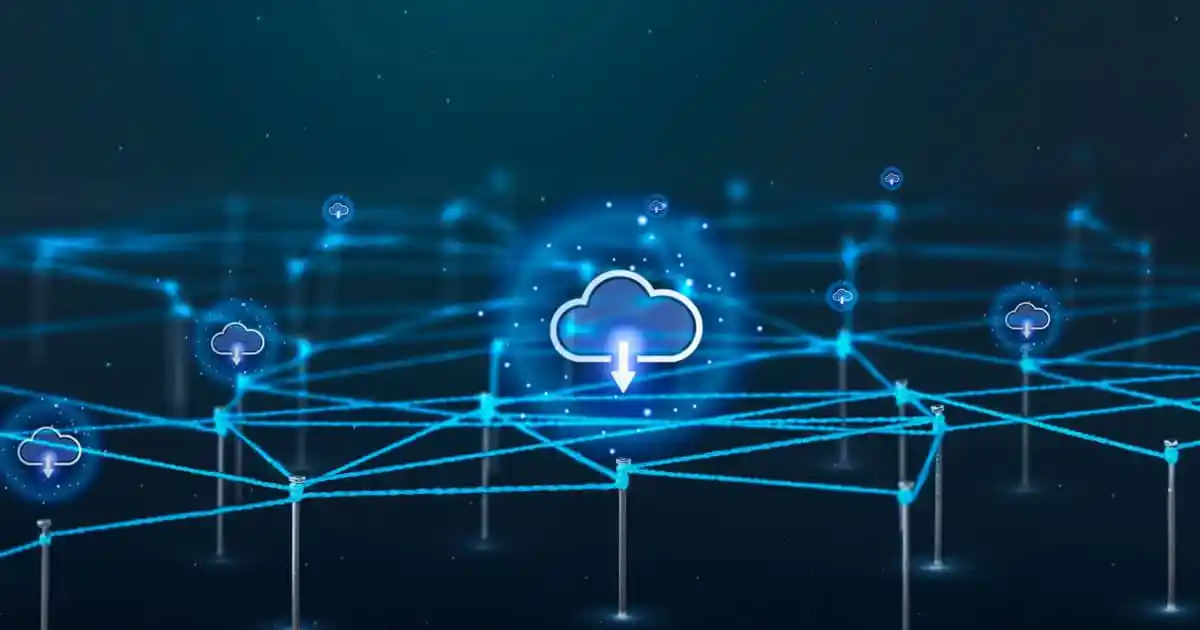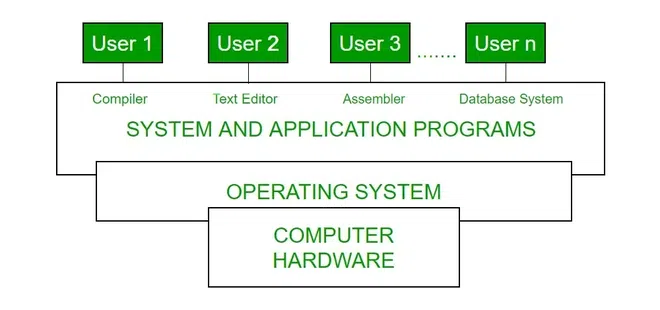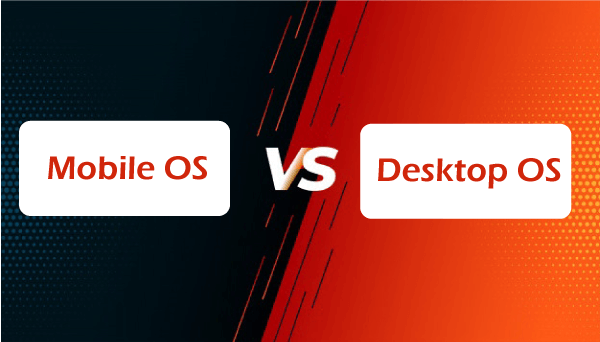Multitasking is a fundamental feature of modern operating systems, allowing a computer to execute multiple tasks or processes simultaneously. This capability is essential for efficient computing, enhancing user experience by enabling smooth operation of various applications and system functions. This article explores multitasking in operating systems, its types, benefits, and underlying mechanisms.

Types of Multitasking
- Preemptive Multitasking: In preemptive multitasking, the operating system allocates time slices to various processes or tasks, switching between them rapidly. This method ensures that no single process monopolizes the CPU. When a process’s time slice expires, the OS interrupts it and switches to another process. This type of multitasking enhances system responsiveness and stability, as it prevents any single process from causing the system to become unresponsive. Modern operating systems like Windows, macOS, and Linux predominantly use preemptive multitasking.
- Cooperative Multitasking: Cooperative multitasking relies on processes to yield control of the CPU voluntarily. In this model, each process must periodically relinquish control so that other processes can run. While this method can be simpler to implement, it is less efficient than preemptive multitasking. If a process fails to yield control, it can cause the system to become unresponsive. Older operating systems like Windows 3.x and early versions of Mac OS used cooperative multitasking.
Benefits of Multitasking
- Improved Efficiency: Multitasking allows multiple applications to run concurrently, increasing overall system efficiency. For example, users can listen to music while working on a document and browsing the web without experiencing significant performance degradation.
- Enhanced Productivity: By enabling users to switch between tasks seamlessly, multitasking enhances productivity. Users can manage various tasks simultaneously, such as handling emails, editing files, and performing calculations, all within the same session.
- Better Resource Utilization: Multitasking optimizes the use of system resources, such as CPU and memory. By running multiple tasks in parallel, the operating system ensures that hardware resources are utilized effectively, reducing idle times and improving overall performance.
- Increased Responsiveness: With multitasking, the operating system can manage background processes efficiently, ensuring that critical applications remain responsive. For instance, while a large file is being downloaded in the background, users can continue to interact with other applications without noticeable slowdowns.
Underlying Mechanisms of Multitasking
- Context Switching: Context switching is a crucial mechanism in multitasking, involving saving and restoring the state of processes as the CPU switches between them. Each process has a context that includes its register values, program counter, and memory allocation. When a context switch occurs, the OS saves the current process’s state and loads the state of the next process to be executed. This process allows the OS to manage multiple tasks effectively.
- Process Scheduling: The OS uses process scheduling algorithms to manage the execution of processes. Scheduling determines the order and duration for which processes are allocated CPU time. Common scheduling algorithms include First-Come-First-Served (FCFS), Shortest Job Next (SJN), and Round Robin. The choice of scheduling algorithm affects system performance and responsiveness.
- Memory Management: Efficient memory management is essential for effective multitasking. The OS uses techniques such as paging and segmentation to allocate and manage memory resources for multiple processes. Paging divides memory into fixed-size pages, while segmentation divides memory into variable-sized segments based on process requirements. These techniques ensure that processes have access to the necessary memory while minimizing fragmentation.
- Synchronization and Communication: Multitasking involves multiple processes or threads working concurrently, which necessitates synchronization and communication to avoid conflicts and ensure data consistency. Mechanisms such as mutexes, semaphores, and inter-process communication (IPC) facilitate coordination between processes, preventing issues like race conditions and deadlocks.
Conclusion
Multitasking is a cornerstone of modern operating systems, providing significant benefits in efficiency, productivity, and resource utilization. By understanding the types of multitasking, the underlying mechanisms, and their impact on system performance, users and developers can better appreciate the complexity and importance of multitasking in contemporary computing environments. As technology continues to advance, the evolution of multitasking mechanisms will play a crucial role in enhancing the performance and capabilities of future operating systems.



















